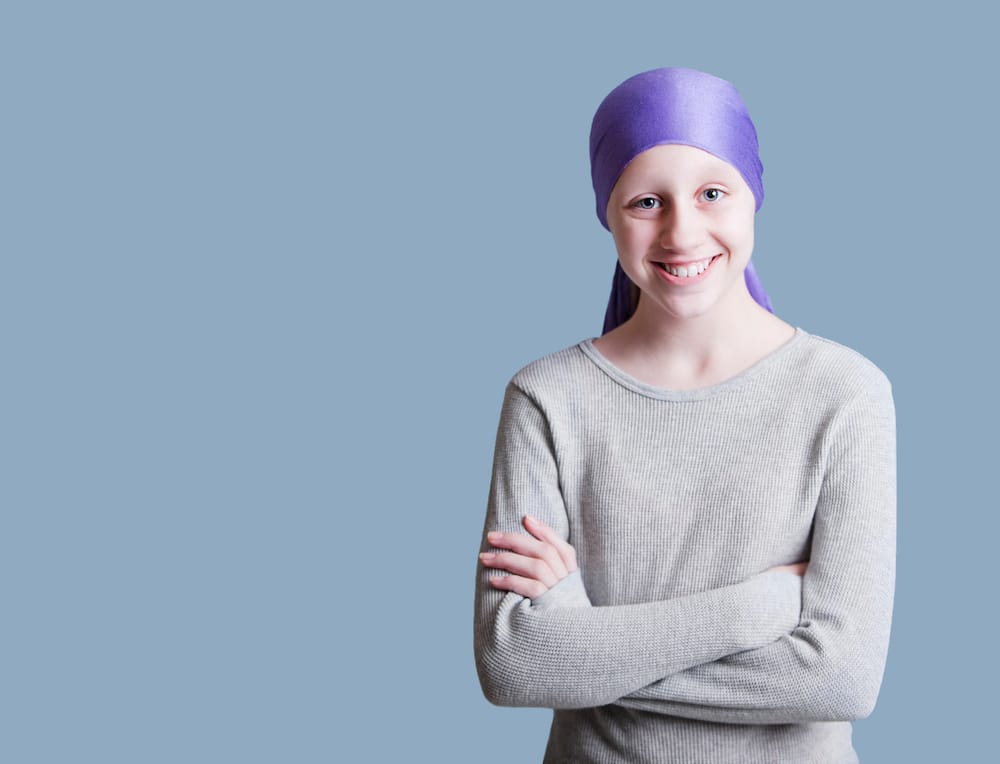Cancer-related death rates among adolescents and young adults more than halved from 62 to 29 deaths per million population over the past few decades, according to a new report from the Australian Institute of Health and Welfare (AIHW).
Published today, Cancer in adolescents and young adults 2023, is the the third national report about cancer in Australian adolescents and young adults (aged 15–24 years).
“While cancer in young Australians is rare, it has a substantial social and economic impact on individuals, families, and communities,” the report states. “Surveillance of this population is also important as adolescent and young adult cancer survivors are at an increased risk of developing a second cancer.”
After injury (74 per cent), cancer (7.7 per cent) was the second highest disease group for fatal burden in adolescents and young adults. (Fatal burden is the years lost between the age at which a person dies and the number of years they could have lived.) People aged 15–24 lost 6,848 disability‑adjusted life years from cancer; most (93 per cent) of the burden was due to dying prematurely.
“Cancer is rare in young people, and, for most types of cancer, survival rates are high,” AIHW spokesperson Justin Harvey said.
Between 1984–1988 and 2014–2018, the five-year relative survival for all cancers combined in people aged 15–24 gradually increased from 79 per cent to 90 per cent.
“This improvement in survival may be due to … diagnosing cancers at an earlier stage and improvements over time in cancer treatments,” Mr Harvey said.
Despite survival rates increasing, the number of new cases of cancer diagnosed in young Australians has grown over time.
The number of new cases increased from around 3,800 in 1984–1988 to 5,300 in 2014–2018 – an average of just under three cases a day. This trend reflects the increasing number of 15–24-year-olds in the Australian population, Mr. Harvey explains.
However, incidence rates have not changed since 1994, at 334 per million.
In 2016–2020, 458 people aged 15–24 died due to cancer.
“This means that on average, a young person died from cancer every four days in Australia,” Mr Harvey said.
More boys and young men died than girls and young women. However, this gap has narrowed over time.
“While both males and females have experienced a decrease in mortality rates since 1981–1985, the decline has been greater for males,” Mr. Harvey said.
In 2013–2017, more than half (56 per cent) of cancer-related deaths were among boys and young men.
Bone cancer, soft-tissue sarcomas, and central nervous system cancers accounted for almost half (48 per cent) of all cancer-related deaths of people aged 15–24 between 2013–2017.
Among adolescents and young adults in 2014–2018, the three most diagnosed cancers were Hodgkin lymphoma (13 per cent), melanoma (12 per cent) and testicular germ cell cancers (12 per cent).
Although incidence rates were high, at least 97 per cent of patients for all three types of cancer survived for five years.
Melanoma rates decreased from 106 to 42 cases per million between 1994–1998 and 2014–2018.
“This strong decline is likely due to prevention campaigns about sun safety behaviours and increased community awareness,” Mr Harvey said.
Despite this decline, melanoma was still the second most diagnosed cancer in adolescents and young adults in 2014–2018.
Australian adolescents and young adults were more likely to survive for five years than any other age group.
The five-year relative survival rate for blood cancers improved by 27 percentage points between 1984–1988 and 2014–2018.
The report shows young cancer survivors are at an increased risk of developing a second cancer.
“Cancer survivors who had been diagnosed as an adolescent or young adult were found to be almost twice as likely as the general population to develop a second primary cancer,” Mr Harvey said.
Of the 31,246 people diagnosed with cancer when aged 15–24 since 1984, 1,009 second cancers were diagnosed. However, there appears to be no additional risk of developing a second cancer after initial diagnosis of melanoma in adolescents and young adults.



